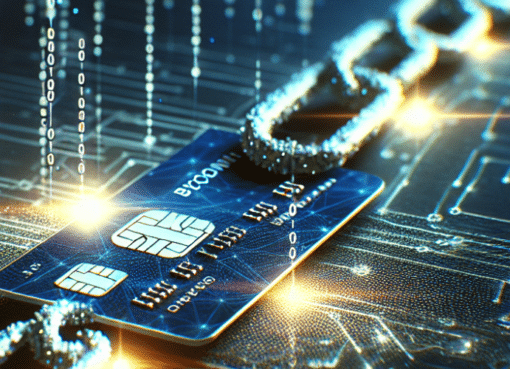In an unprecedented development that has rippled across the tech community, a new blockchain protocol upgrade, known as SecureChain, has been unveiled, promising to enhance the security and integrity of smart contracts significantly. This upgrade, introduced early this morning by an emerging tech startup, ChainSecure, aims to tackle some of the most pressing vulnerabilities in blockchain technology today.
Smart contracts are self-executing contracts with the terms of the agreement directly written into lines of code. They automate and decentralize various processes, eliminating the need for intermediaries in transactions. However, they have been plagued with security issues due to bugs in code and vulnerabilities to hacking attempts. The introduction of SecureChain could potentially mitigate these risks, ushering in a new era of confidence and security in blockchain operations.
ChainSecure’s pioneering technology integrates advanced cryptographic techniques and a novel consensus mechanism that specifically targets the security lapses commonly exploited in existing blockchain frameworks. According to the company’s Chief Technology Officer, Dr. Emily Norton, “SecureChain’s architecture leverages zero-knowledge proofs and state-of-the-art encryption to secure transactions and smart contract executions, making it nearly impossible for unauthorized access.”
The announcement has been met with enthusiasm from various sectors relying on blockchain technology. Financial institutions, in particular, see this as a critical step forward. “The ability to secure smart contracts is a game-changer, especially for sectors like finance where the implications of a security breach can be catastrophic,” explained Ben Zhao, a blockchain strategist at a leading financial consultancy firm.
What sets SecureChain apart is not just its sophisticated security features but also its compatibility with existing blockchain platforms. ChainSecure asserts that their upgrade can be seamlessly integrated with major blockchain systems such as Ethereum and Hyperledger without disrupting existing operations. This ease of integration is expected to accelerate adoption, as organizations will not need to overhaul their existing blockchain infrastructure.
The implications of SecureChain extend beyond just enhanced security. By providing a more robust foundation, it paves the way for more complex and inherently safer applications and systems to be built on blockchain technology. This could lead to innovations in fields ranging from supply chain management and healthcare to real estate and government services.
The development of SecureChain also reflects a broader trend in the blockchain community towards prioritizing security and sustainability over speed and scalability alone. As incidents of blockchain-related fraud and theft have risen in recent years, the community and investors alike have grown more conscious of the need for secure and reliable solutions.
This breakthrough could also significantly influence regulatory frameworks around blockchain technology. Governments and regulatory bodies around the world have been cautious in their approach to blockchain, often due to concerns about security and misuse. With SecureChain’s enhanced security protocols, regulators might feel more confident in accelerating the approval of blockchain technologies for wider uses.
Looking ahead, ChainSecure plans to conduct extensive beta testing with select partners from different industries. “Our goal is to refine and adapt SecureChain based on real-world input and to ensure it meets diverse industry needs,” Dr. Norton stated. The company aims for a full rollout by the end of the quarter, with an open-source version of the technology to be released subsequently to foster wider community participation and innovation.
As the blockchain landscape continues to evolve, the introduction of SecureChain promises not only to solve existing issues but also to expand the possibilities of what can be achieved with blockchain technology. This could well be a turning point, marking a shift towards more secure, reliable, and cutting-edge applications that could redefine how businesses operate and how everyday transactions are conducted.




